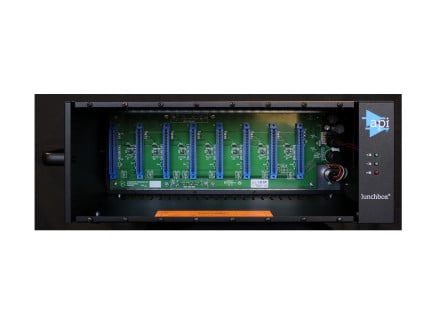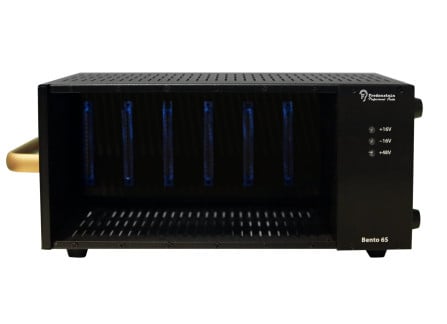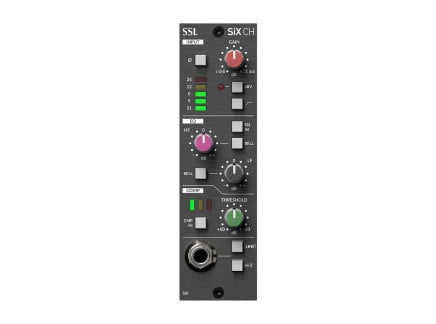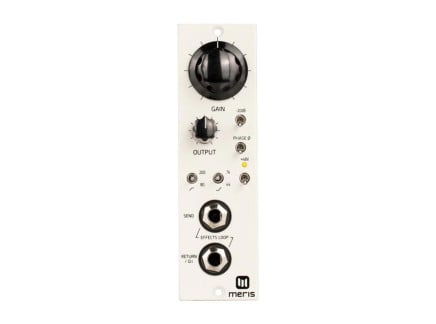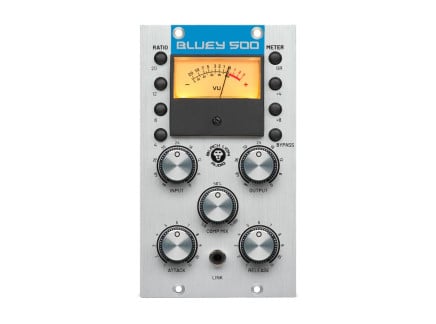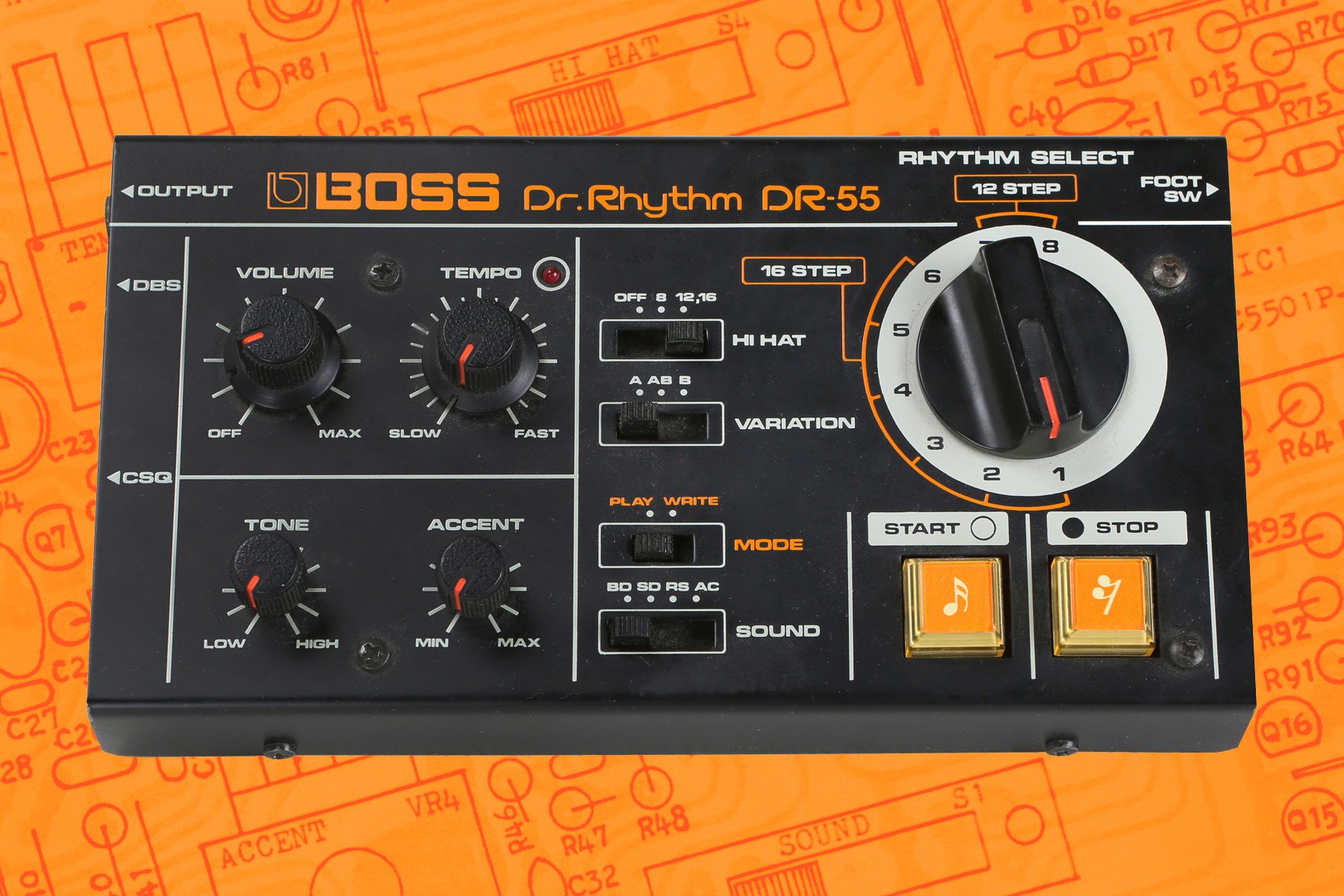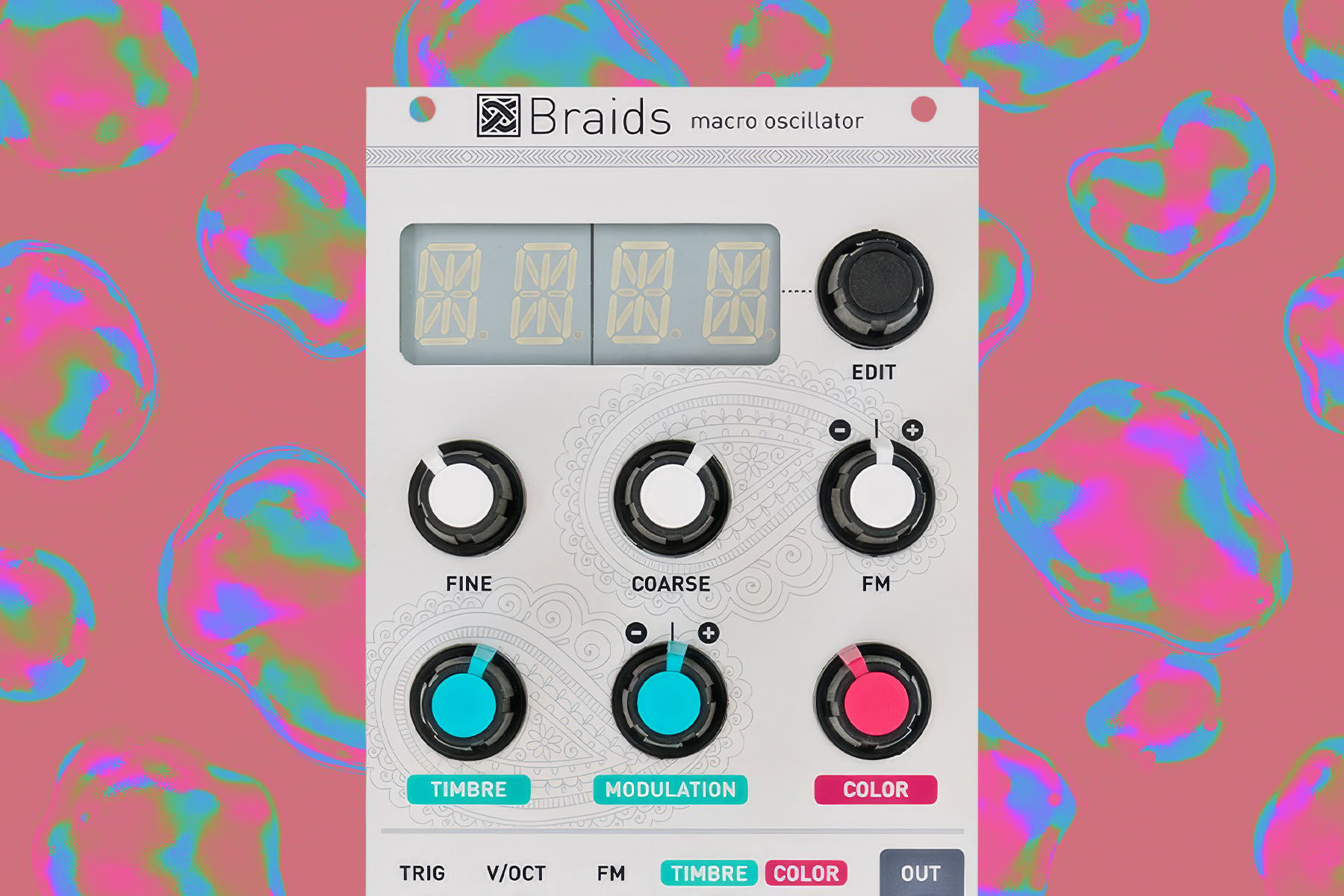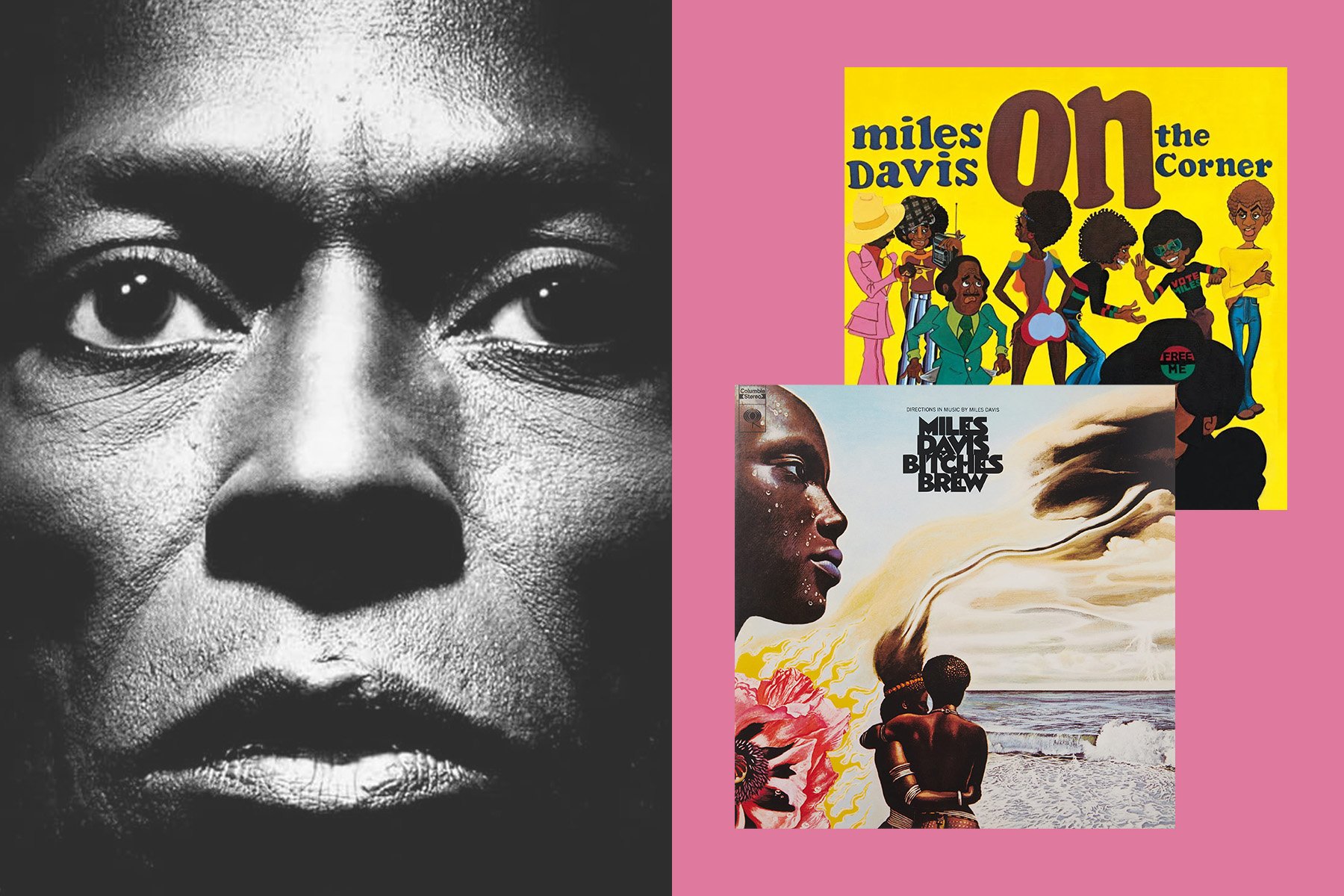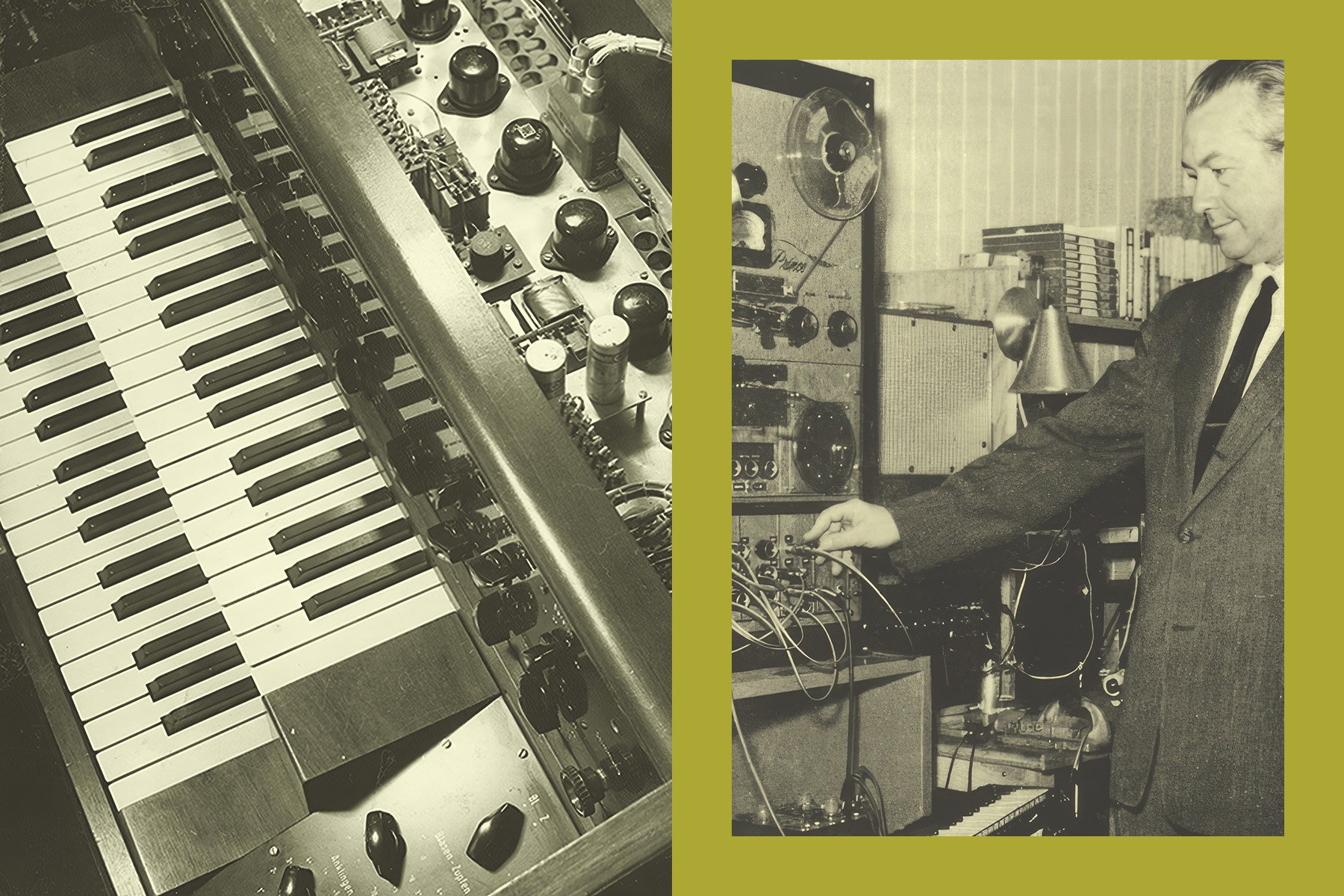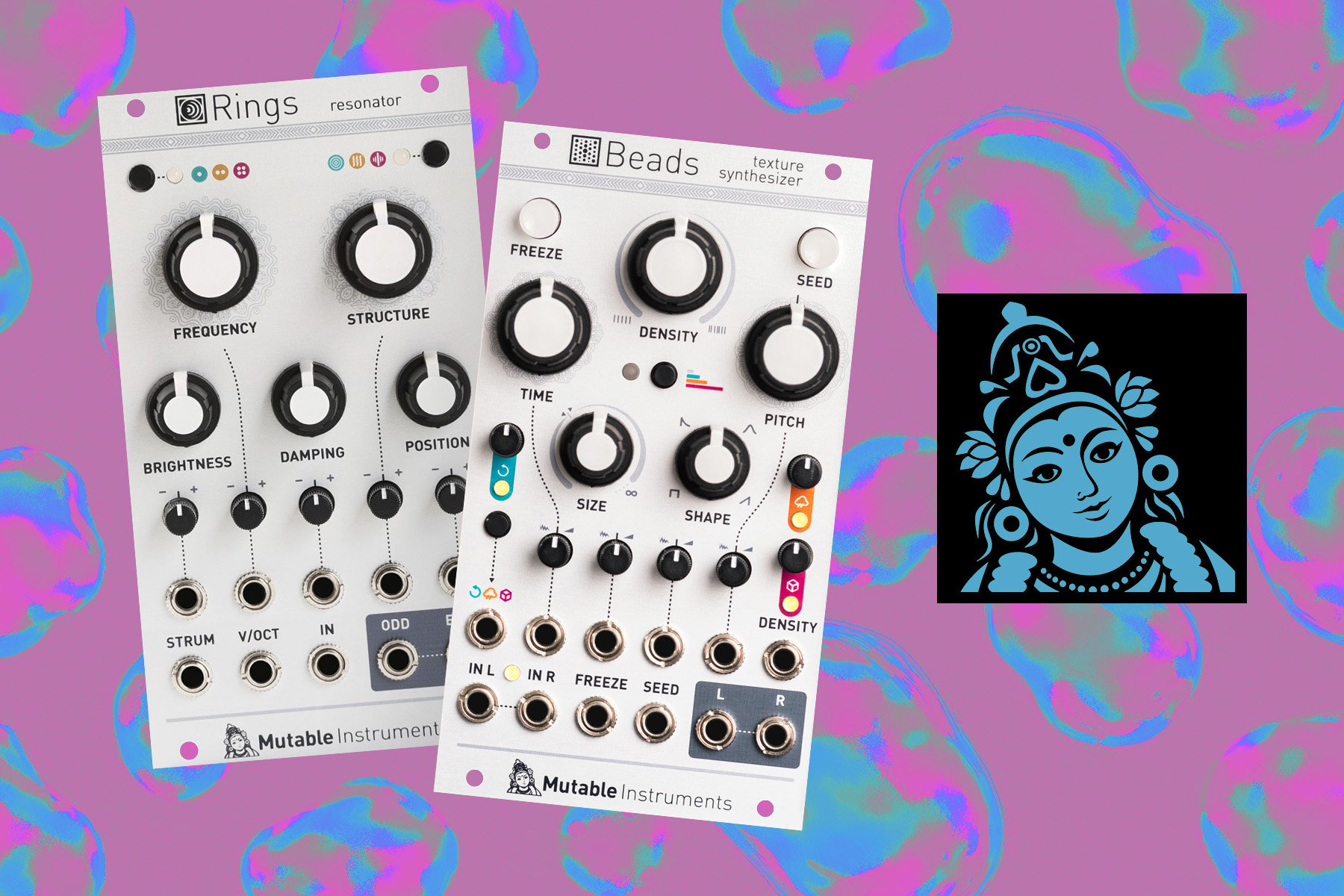One of the best things about having a home studio is that you can evolve your gear setup with your skills and knowledge base. There are plugins for everything, but there is still value in an all analog or hybrid setup.
And if you’re looking to add some hardware to your home studio, 500 series gear is ideal. The standard allows you to customize a signal chain to fit your specific needs—nd the fact that you can build it piece by piece means you can upgrade as budget and time allows.
We recently published an introduction to 500 series gear, specifically focused on its use in a home studio setting. Check that out if you haven't already—but in this article, let’s go over some specific home recording scenarios and what it looks like to build a 500 series signal chain for them.
Building a 500 Series Signal Chain
Creating your own custom 500 series signal chain is a fun and rewarding exercise. Due to the modular nature of the standard this type of gear is ideal for home studios that are often crunched for budget, space, and often build out their gear setup over time versus going all in at once.
Let’s dive into how to build a 500 series signal chain and run down some recording scenarios so you have an idea how to build the best rack for your specific needs.
Choosing a Chassis
Before you start building out your first 500 series lunchbox you have to choose a chassis. This is the frame that houses and provides power to the units. They usually come with slots in multiples of two, ranging in two all the way up to ten and come in standalone or rackmount formats.
The Heritage Audio OST4 is a convenient four-slot chassis that offers isolated power regulation and cascading audio outputs. If you need a few more slots, the Fredenstein Bento 6 has six that come with more advanced routing configurations. Both are good, affordable models ideal for home studios. The API 500-6B is a high current 6-slot model that is great for preamps, as it comes with phantom power that pairs perfectly with a preamp like the API 512c.
Cranborne Audio makes some of the most unique 500 series chassis, and while they’re a little pricey their advanced features more than make up for it. The Cranborne 500ADAT offers ADAT compatibility, so you can use it to expand the capabilities of your interface—so long as your interface has ADAT I/O.
Designed to be the ideal centerpiece for any studio, the Cranborne 500R8 is a combination rack unit, interface, summing mixer, and monitor controller. It’s most useful for studios that need a larger channel count, but it’s an investment that is a great choice if you intend to keep growing your recording setup—or if you're looking to get an interface and 500 series chassis all in one go.
One of the most important things to think of when selecting a chassis is how you intend to build it out in the future. If you know what you need now, then selecting a model with the exact slot count can be the most cost-effective choice. You can always integrate more later.
But if you’re not sure, or think you’ll continue to build it out in pieces then opting for one with a higher slot count than you need right now can save you some money in the future. And to make sure your 500 series chassis stays as dust free as possible, blank rack panels like this one from BAE are an affordable, quality investment.
Recording Scenarios
Since music and audio production have such wide ranging applications, let’s break down some of the most common scenarios you will come across in a home studio setting and some of the best 500 series gear choices to get the best sounds out of them.
Vocals
Vocals are unique in that they are the focal point in so many popular genres and styles of music. And with so many variables when it comes to processing them, building out a 500 series lunchbox to handle your vocal tracks is an exercise in creativity.
If you want to run everything through 500 series gear, at the very least you’ll want a preamp, EQ, and compressor. The SSL SiX Channel Strip features all of these in a stripped down, easy to dial in format. Neve is one of the premier names in audio, and the 1073 preamp is the stuff of legend. The BAE 1073MPL is a simple but spot-on take of the popular Neve preamp that’s perfect for any source you throw at it. It especially adds weight and power to vocal tracks.
The Maag Audio PREQ2 is a unique preamp/EQ hybrid that has a simple but effective Air Band setting for adding some sparkle to the top end that really makes the vocals come forward in the mix. It’s also a DI and works just as well on guitar or bass.
If you need a dedicated EQ, you can’t go wrong with the Cranborne Audio Carnaby 500. Most EQs simply boost or cut, but the Carnaby adds in harmonic saturation with sweepable Lo, Hi, and Mid bands as well as Lo and Hi shelving filters. For clean, transparent compression, the FMR Audio RNC500 is a versatile unit with a home studio price tag. And if you want to step it up a notch, the API 525 gives you the spank that put API compressors on the map.
Guitars
Guitars are generally one of the easier instruments to record. How guitar tracks turn out is more about the guitar player, the quality of their amplifier setup, the room, and the microphones used. But recording gear does play an important role, and there are some great 500 series units designed for capturing and processing stellar guitar tracks.
If you’re working with amp simulations, you want a good preamp/DI like the Meris 440 guitar preamp. The Cranborne Camden is an affordable and unique mic preamp and DI that can add some additional vibe to any signal that runs through it.
Tracking acoustic guitar presents different needs and challenges. The Auteur MKII from mod kings Black Lion offers single knob gain control for mic and Hi-Z sources.
When it comes to equalization the Lindell Audio PEX500 is an inexpensive passive EQ that’s great for making surgical frequency cuts. If you’re looking to add a fully-parametric equalizer the dbx 530 is clean, quiet, and great for reductive EQ.
Bass Guitar
Processing bass guitar isn’t rocket science, but that doesn’t mean it won’t present its own unique challenges. If you’re building out a 500 series lunchbox for recording bass you’ll at least want a good DI/preamp, compressor, and EQ.
Neve gear sounds great on bass guitars, and with a preamp/DI and compressor the Rupert Neve Designs 517 is great on the front end. Or you could go with the previously mentioned Meris 440. The effects loop even lets you integrate pedals and a phase switch makes sure it plays nice if you’re tracking a real amp.
The Lindell Audio 7X500VIN is a FET compressor that comes in at a perfect price for home studios. A lot of mix engineers love DBX compressors on bass for their clean style of compression, and the 560A is simple but effective on the low end.
Equalizing a bass guitar isn’t as simple as you would think. While the low end and low midrange are where the power of the signal reside, the high midrange is just as important. Heritage Audio’s 73EQ gives the Neve 1073 EQ girth and grind that’s perfect for bass guitar.
Drums
Drums are an extremely dynamic instrument, and you need a 500 series signal chain that can keep up. Designing a 500 series lunchbox for drums takes a little more budget if you want to be able to properly process the disparate kit elements.
API preamps are great for capturing clean drum sounds, and the 525 is just as good on overheads as it is on kit elements mic’d individually. The FMR Audio RNLA 500 provides thick, VCA compression that’s perfect for snare or kick drum. It incorporates an algorithm similar to an optical compressor and provides a nice amount of color to the signal. It can also be stereo linked for use on busses.
The API 529 is a stereo compressor tailor made for busses, but it comes with a hefty price tag. The Black Lion Audio Bluey is great for overheads or drum groups, as is the Lindell Audio 77X500.
While drums are entirely their own thing, the good news is that the processors that are ideal for other instruments work well for drum tracks.
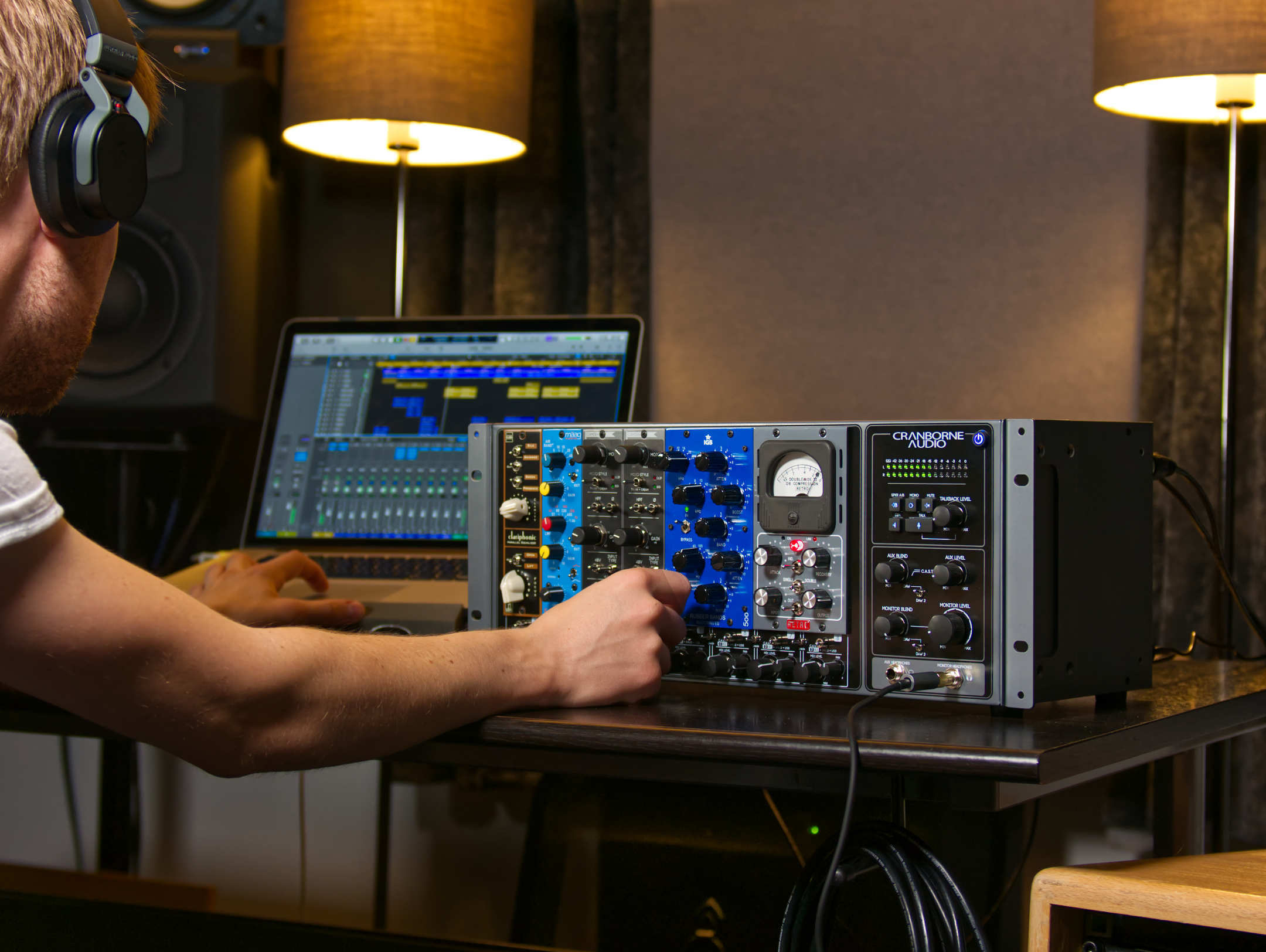
Mixing
When it comes to mixing, you want to choose 500 series units that are versatile enough so you can put them to work however you need them while you’re prepping your tracks in post production.
Reverb is one of the most important elements in any mix, and if you go the hardware route the Meris Mercury 7 is a great choice that has modulation and a unique Pitch Vector control. For EQing busses the SSL UltraViolet Stereo EQ offers four bands to make those surgical adjustments that make or break a good mix.
When it’s time to add compression, the Black Lion Bluey is a faithful take on a Blue Stripe 1176. The API 529 adds classic and clean API compression to stereo channels, the clean compression that takes mixes to the next level. The SSL G-Comp puts the classic, clean compression from the SSL G-Series console into a convenient hardware format.
If you want to reamp guitar or bass tracks, the Radial X-Amp 500 makes it simple and affordable. And Radial Engineering’s Space Heater adds drive and saturation to tracks.
Mastering
Mastering is all about subtlety. Small moves that put those critical finishing touches on a track. And in this spirit, the 500 series units you choose should be a little more deliberate.
When it comes to EQ, when you need to cut frequencies you want something clean and surgical like the Elysia Xfilter 500. Sometimes you want an equalizer to give a little bit of push when you make subtle boost moves like the TK-Lizer. This dual mono EQ also works in mid/side mode and is perfect for giving masters the additive frequency boost that’s sometimes needed.
Vari-mu compressors are really popular in mastering due to how they fatten the sound and add the subtle leveling that’s perfect for the mastering process. It’s pricey, but the Heritage Audio Grandchild 670 is a faithful Fairchild recreation. The only downside is that it’s mono only. TK Audio’s BC501-GR is a fine stereo compressor built for bus work that adds some harmonic distortion.
Looking to add some tape vibes to your tracks but don’t want to go through a plugin? The Rupert Neve Designs 542 is one of the best 500 series tape emulators. The Elysia Karacter Color Box is a saturation and distortion tool that really helps tracks stand out in a dense mix.
Even in a home studio, the mastering phase is something that shouldn’t be ignored. It takes a finely tuned ear to really understand what a track needs. It’s often more about the mindset than the machinery.
Conclusion
One of the best things about 500 series gear is the almost endless amount of possibilities it offers for building a signal chain. Piece by piece, you can assemble an ideal signal chain for your immediate needs and expand over time as necessary.
Here we went over some of the most common scenarios for building your first 500 series lunchbox, but they’re far from the only ones. With some deliberate research and some trial and error you can create the perfect setup for your home recording studio—whether or not you want to mix hardware processing with plugins.
Brandon Stoner is a lifelong musician and audio engineer who owns more guitars than anyone needs. As a lover of all things writing and music technology, he crafts every piece with his dog Max on his lap.
Portfolio | LinkedIn | Twitter


